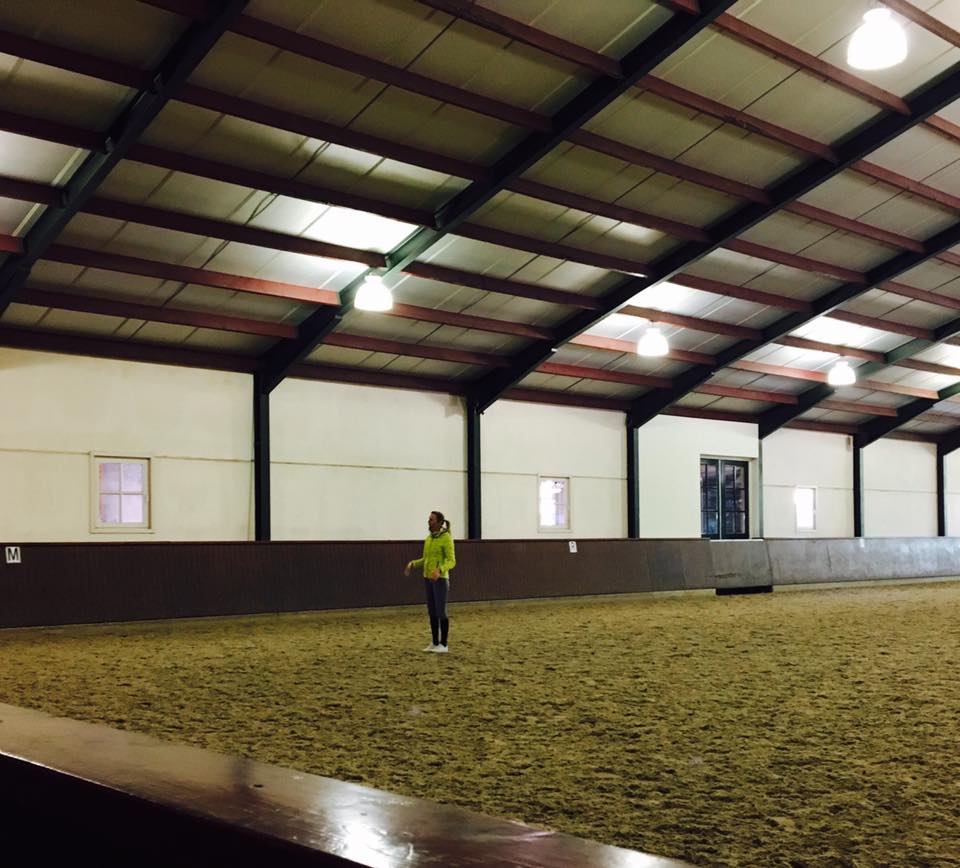|
(W with Imke, Imke’s Words of Wisdom) W:
Imke’s words of wisdom:
I absolutely loved my time sitting in on so many lessons. Every day, I took the things I heard her say in the morning along with me to the arena that afternoon. Here are just a few wise words that I jotted down. All of these are paraphrased of course…
*** I really loved this: During a lesson, a rider asked Imke if they could try something and she said no. A few seconds later, she said, “No. You cannot try something, but you can DO it if you want.” I just loved her response. It may seem like its just a word, but it so important! Ride with structure and be confident that you are well prepared for what you are about to ask for.
2 Comments
Sandy Buck
5/22/2017 08:30:06 am
Fallon, this is so awesome! What a great gift for all of us back home. I enjoyed every word of it.
Reply
pat Mulligan
5/22/2017 12:44:26 pm
Omg fallon, thank you so much for sharing all this with us. I don't like to read aND I was glued to it..haha. looking forward to you sharing when you come back. Good job all the way around!
Reply
Leave a Reply. |
Categories
All
Archives
January 2020
|

 RSS Feed
RSS Feed
